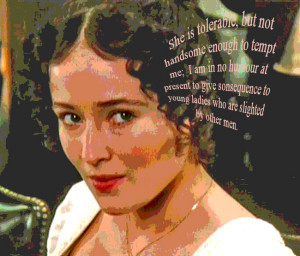The History of Religious Intolerance
November 5, 2015
The nature of religious intolerance in the early modern Era
By Matt Gray
On the 10th of September Matt Gray spoke to our Reasonable Faith group on ‘the nature of religious intolerance in the early modern era’ and the proposition that enlightenment secularism ushered in a greater level of tolerance in early modern Europe.
Matt began by pointing out that when people talk about tolerance in our own society, they often mean acceptance rather than tolerance. Tolerance inherently assumes that that which is tolerated is understood as a bad thing. It is putting up with that which you don’t accept about others beliefs and practices. By contrast, our society is one that espouses a broad acceptance of diversity rather than one that tolerates (puts up with) that which goes beyond those ‘wide’ boundaries of what is acceptable. Matt used an example from current affairs whereby an Aboriginal sportsman’s particular traditional gestures during an AFL football match aroused a storm of response from the public and media. Australia accepts and celebrates racial diversity but to mess with the script of how that is expressed seemed, in this example, to be outside the accepted norms. Many responded by pushing back rather than tolerating what Adam Goodes did.
Tolerance, Matthew explained, was not considered a good thing in the early modern era before at least 1530. The Old Testament historical narratives were the pre-eminent example of what can be learned from history in the early modern era. They demonstrated that religious tolerance in Israel led to bad things happening; such as child sacrifice and the dismantling of the social justice measures that held the people of Israel together. A weak king was tolerant and the result was the demise or destruction that came from the practices that they tolerated, which the Biblical story depicts as God’s judgement.
In 1534 a radical group of Anabaptists took over the German town of Munster, causing immense havoc. This event seemed to demonstrate once more that tolerating religious diversity led to trouble. The utter and ghastly repression of all religious diversity by the Anglican Church in England came after a radical fringe group had kidnapped and killed the king in 1554.
Between 1530 and 1700 there was a move away from a zero tolerance mindset to an uneasy tolerant one. This flowed firstly from expedience, as kings and other vassals became financially dependent on merchants who were often non-conformists. Later, the Baptists’ doctrine of the liberty of conscience gained sway. To force someone to disobey God, as they perceived it, was to break their conscience before God and expose them to possible damnation. Conversely, to force someone to obey God was to conceal their true state and so risk not knowing who needed religious counsel. It was political expedience and reformation evangelistic thinking that led to tolerance becoming a value in the modern era, way before secular enlightenment thinking gained any sway.
A video of Matt’s talk is available from the Reasonable Faith SA You Tube site.
Summary by Peri Forester

